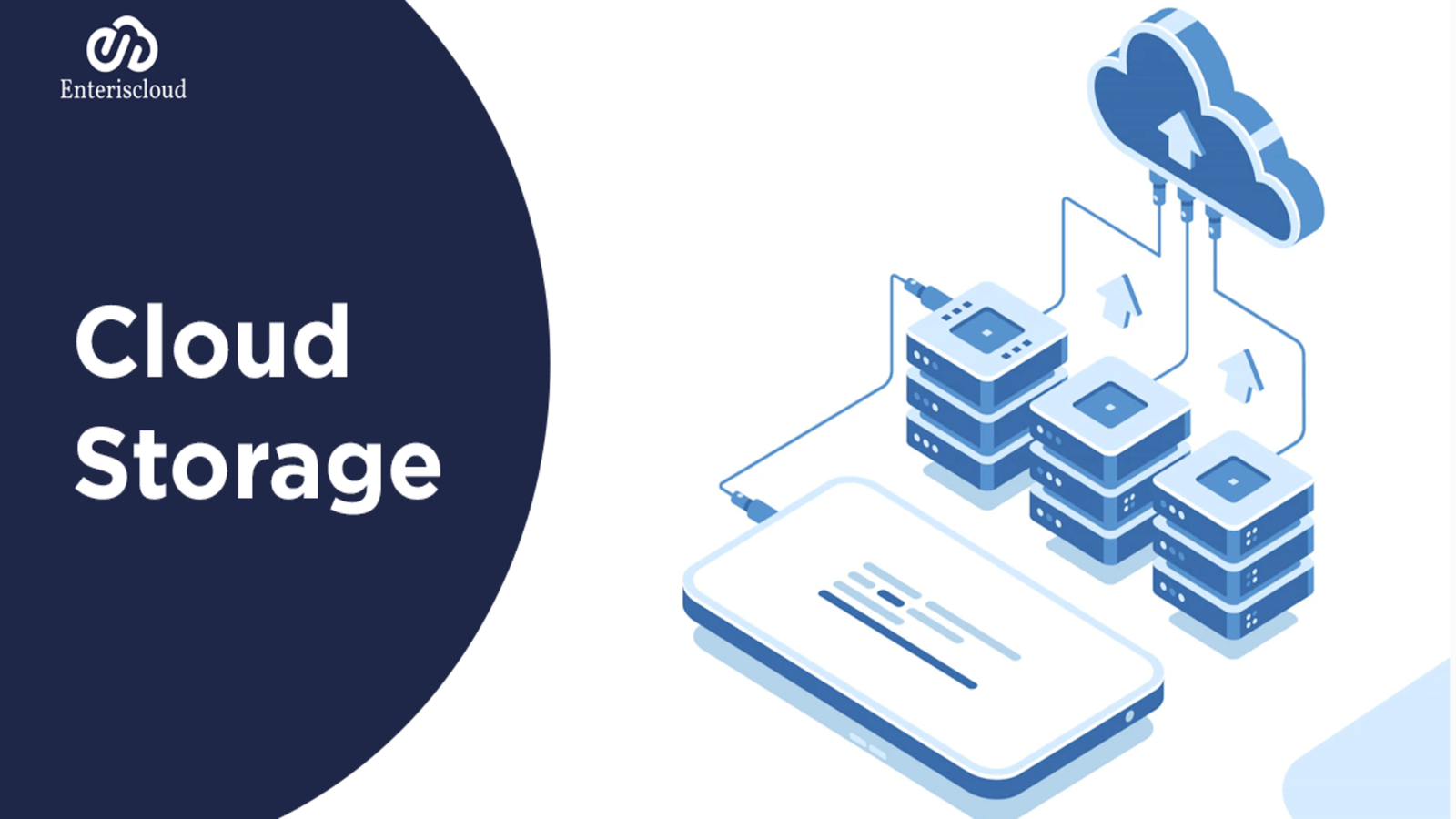Doubtlessly that cloud computing is on the ascent. An ever-increasing number of organizations are going to cloud computing as their default setting. In any case, with such countless choices to browse, how would you choose the right cloud provider for your business?
The following are seven basic inquiries you should pose while picking a cloud computing supplier.
What Cloud Computing Administrations do you give?
There is a wide range of sorts of cloud administrations like a public cloud, private cloud, and crossbreed cloud. In case you definitely realize what kind of administration you need, your initial step is to ensure your potential supplier offers that help.
Without a doubt, however, you realize you need to move to the cloud, yet aren’t sure which kind of administration would turn out best for you. A decent cloud computing supplier ought not exclusively to have the option to clarify the administrations they offer yet assist you with figuring out which cloud computing administrations would best address the issues of your business.
How secure is your Cloud Computing?
Security ought to be at the first spot on any list when information and systems administration is concerned.
Cloud security, actually like organization security, guarantees your information stays safe. Ask potential suppliers what organization and server-level safety efforts they have set up to ensure your information. Safety efforts to search for incorporate encryption, firewalls, antivirus identification, and multifaceted client confirmation.
Where will my Information be put Away?
Since cloud computing includes the capacity of information at off-web page areas, the actual area and security of those server farms is similarly pretty much as significant as online security.
SSAE 16 and SOC 2 Sort II affirmations are the best markers that your supplier’s items, frameworks, and information are consistent with industry security norms.
How might my business have the option to get to the cloud?
One of the advantages of cloud computing is its adaptability and simple entry. You’ll need to see how you will actually want to get to your information on the cloud and how it will incorporate into your present workplace.
Assuming your organization is ready to fill sooner rather than later, you may likewise need to get some information about adaptability and your supplier’s capacity to meet your developing requirements.
What is your valuing structure?
Estimating for cloud computing can change incredibly, so ensure you see how and for what you will be charged.
Get some information about forthright expenses and the capacity to add benefits on a case-by-case basis. Will administrations be charged hourly, month-to-month, semi-yearly, or yearly?
How would you deal with administrative consistency?
Understanding the numerous laws and guidelines, like GDPR, HIPAA, and PCCI, that relate to the assortment and capacity of information can be scary. That is the reason one of the advantages of recruiting a cloud computing supplier is having security specialists deal with administrative consistency for you.
You’ll need to ensure your supplier is continually attempting to keep awake to date on the most recent guidelines and guidelines that might influence your information.
What client care administrations do you offer?
Cloud computing never rests and neither should your supplier’s specialized help. Getting help when you really want it is significant, so you’ll need to inquire as to whether they offer 24-hour specialized help, remembering for occasions.
Straightforwardness and accessibility of detailing issues are additionally significant so get some information about telephone, email, and live visit support choices. You may likewise need to get some information about your supplier’s normal reaction and goal times.
Posing these inquiries can assist you with observing the right cloud computing supplier for your business. Also, finding the right solutions is just a call away—call you oversaw IT, administration supplier, to begin the cycle today.






